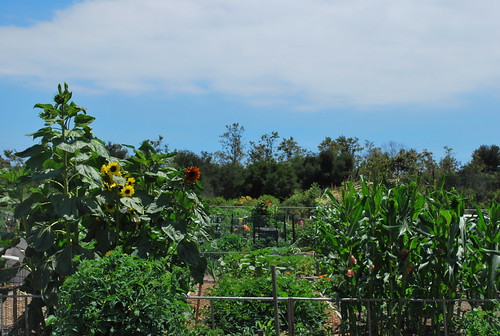
It has been about a year now since I seriously took up gardening as a hobby, and I have recently begun to reflect on what I have learned from the soil. There is no doubt that gardening is a labor of love. The sweat, tears and blood (yes there has been some), that go into growing your own food come with great rewards. The tomatoes I grew at the community garden this summer were a significant improvement over the ones I grew in my backyard last year. In addition to tasting one thousand percent better than anything I have ever bought at a grocery store, they were bigger, juicer and totally organic.
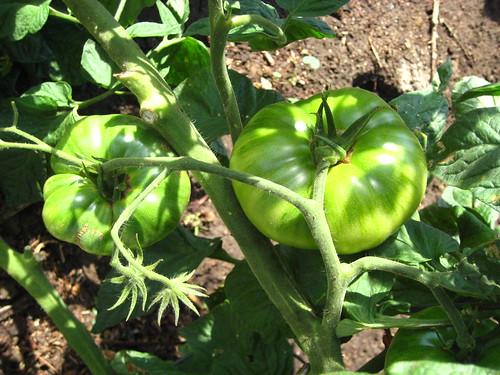
However, success did come with some failures. Several of my tomato plants were diseased and had to be removed before they infected the others. While some just never grew properly, other plants grew tall and bushy and looked really healthy- only to end up with blossom rot.

Unfortunately most of the diseased plants came up from the local horticulture club, something other gardeners commented on too. With so many hands touching different plants viruses and diseases quickly spread from plant to plant. Once transplanted into a dense environment like the garden, it is almost impossible to keep sick plants from infecting other healthy plants. As I mentioned a month or so ago, my squash also became diseased, and had to be pulled out of the ground, leaving me squash-less the entire summer. While there are many things you can do to prevent disease, one thing that seems the most important is to grow your own crops from seed rather than buying starters.
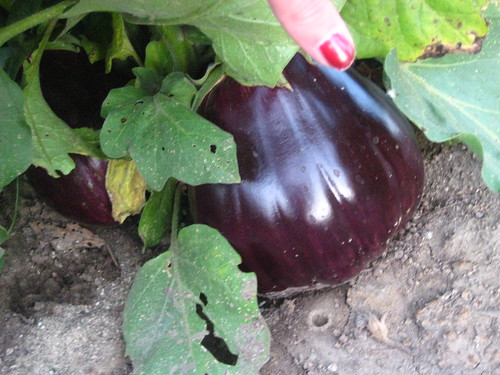
I have also learned some valuable lessons about what to plant, where to plant it and how to take care of it. For example, onions take forever to grow. The package said they take about four months, but mine are still growing at six. I think from now on, instead of giving the onions a whole section of one of the garden beds, I am going to plant them in the corners and edges of other beds so that they don’t take up too much space.
I have also learned that it is rather stupid to plant what you won’t eat. I know duh, right? But when I first got my plot, I was so excited to just get something in the ground I grabbed a bunch of starter plants. Since it was the dead of winter (for California anyway) that meant the only available started crops were a lot of greens, including collards, mustard and Swiss chard. Well it turns out, I am not a fan of any of these crops and I ended up with a shitload of each. Plus the collard roots are massive, and I nearly pulled out my back trying to rip them out of the ground.
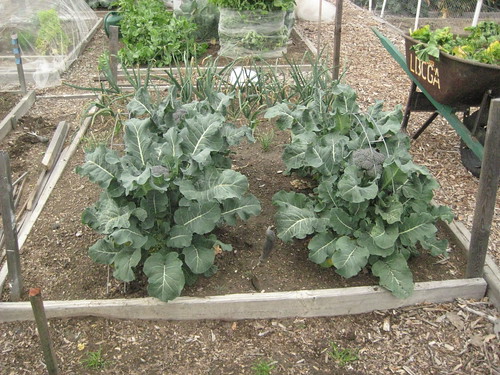
Timing is also a key issue. Space out your plantings. I planted 10 broccoli plants at the same time and had it coming out my ears. While I am always pleased to share my garden success with others, spreading out the seedlings over the growing period ensures that you'll always have fresh crops. Over planting leads to overproduction- and having to give away the food that you grew because you grew too much just really sucks.
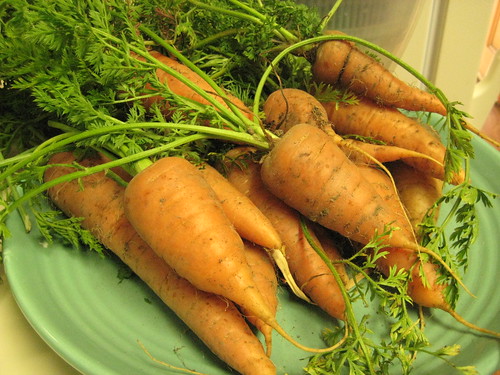
I'll leave my lessons at that for now. Despite some setbacks, I am still in love with gardening and can see that it will be a lifelong passion for me. I am curious to see how the winter gardens are going to be this year, since many people are already saying that that we are going to experience another El Nino this season.

1 comment:
So proud of you! The only plants I can keep alive are my indoor ones, thanks to the wonder that is "Aquaglobes"!
Post a Comment